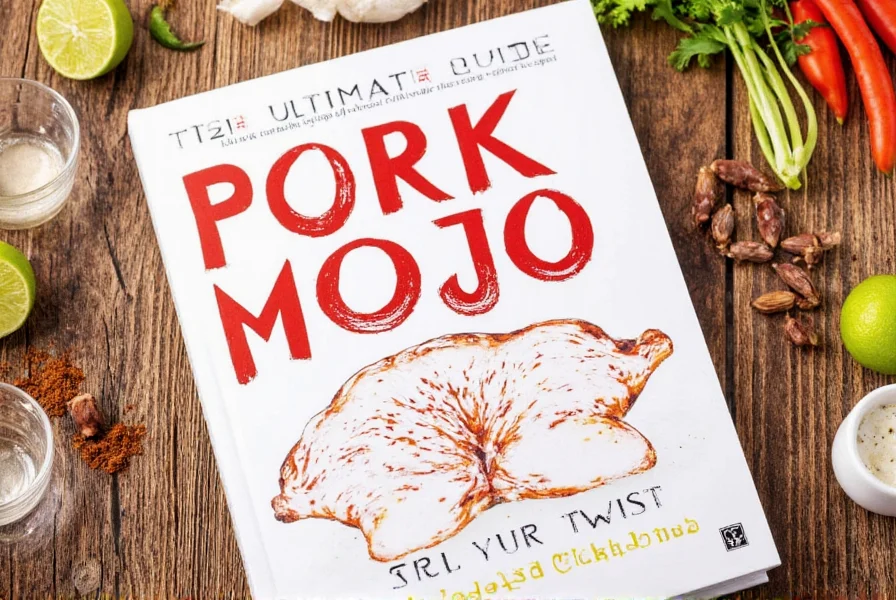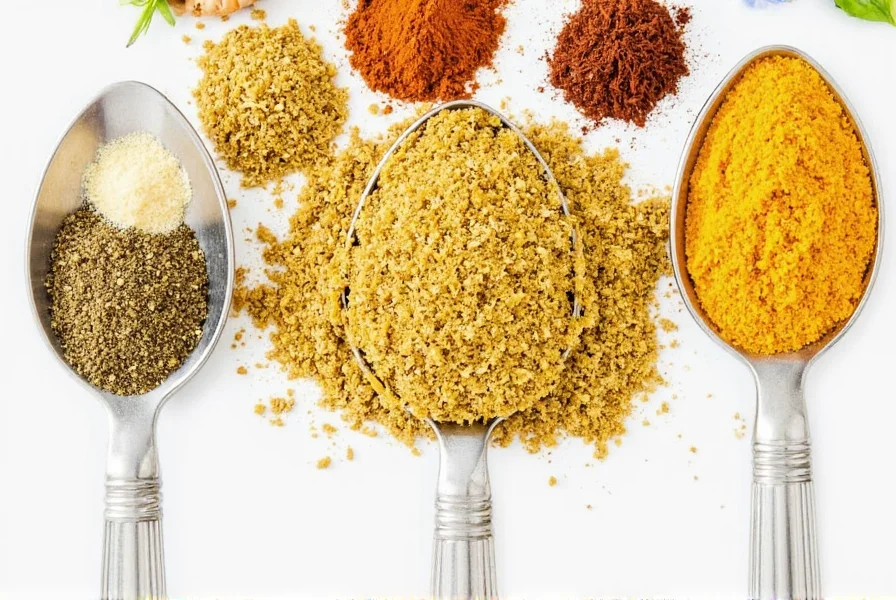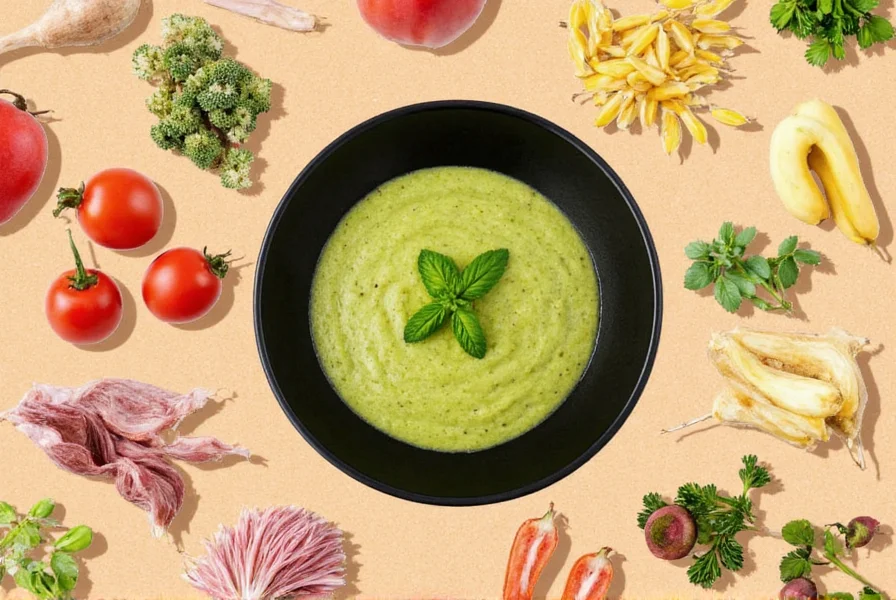Introduction
If you’ve ever bitten into a raw garlic clove and felt your nose tingle, or sliced an onion so finely that tears streamed down your face, congratulations—you’ve encountered the mighty world of pungency. But what exactly makes food pungent? And why do we keep coming back for more even when it stings a little (or a lot)?
What Does 'Pungent' Mean Anyway?
The term "pungent" might sound fancy, but it's simply used to describe foods that pack a sensory punch. These aren’t just spicy in the capsaicin sense—they're sharp, aromatic, sometimes eye-watering, and often deeply flavorful. Think of them as nature’s way of saying, 'Wake up, taste buds!'
From herbs and spices to vegetables and fermented foods, many ingredients qualify as pungent based on their chemical makeup and how they interact with our senses—especially our nose and mouth.
The Usual Suspects: Top 10 Pungent Foods
Let’s dive into the most common pungent foods you’ll find in kitchens across the globe—and no, it’s not just about hot peppers!
- Garlic: A kitchen staple with unmistakable aroma and flavor
- Onions: The base of countless dishes, with a sharp bite
- Chili Peppers: Spicy heat plus a unique volatile kick
- Ginger: Earthy, spicy, and slightly sweet with intense aroma
- Wasabi: Japanese horseradish known for its sinus-clearing power
- Horseradish: Intense, mustard-like aroma and burn
- Radishes: Crisp, peppery, and full of zing
- Black Pepper: Not just a spice—it adds a warm, biting flavor
- Cilantro: Divisive herb with strong aromatic compounds
- Fermented Tofu (Stinky Tofu): Love it or hate it, it's famously smelly





Why Do These Foods Taste So Strong?
The reason behind pungency lies in the chemistry of volatile organic compounds. When these compounds hit your nasal passages and tongue, they activate specific receptors that cause those intense sensations we all recognize.
| Food | Key Compound | Sensory Effect |
|---|---|---|
| Garlic | Allicin | Sharp, earthy, lingering taste and smell |
| Onions | Thiosulfinates | Tear-inducing, pungent aftertaste |
| Chili Peppers | Capsaicin | Burning sensation on tongue |
| Wasabi | Isothiocyanates | Sharp sinus-clearing vapor |
| Black Pepper | Piperine | Warm, biting aftertaste |
| Cilantro | Aldehydes | Soapy or fresh, depending on genetics |
Types of Pungency: Volatile vs. Thermal
Pungency can be divided into two main categories:
- Volatile Pungents: Their potency comes from aromatic compounds that vaporize quickly, affecting the nose more than the tongue. Think garlic, onions, wasabi, and ginger.
- Thermal Pungents: These create a warming or burning sensation on the tongue and skin. Capsaicin in chilies is the classic example.
Health Benefits of Eating Pungent Foods
Beyond the fireworks in your mouth, many pungent foods offer powerful health benefits. Here's a quick rundown:
- Anti-inflammatory: Garlic, ginger, and turmeric contain compounds that help reduce inflammation.
- Immune Boosters: Onions and chili peppers support immune function thanks to antioxidants and vitamins like C.
- Digestive Aid: Many pungent foods stimulate digestion by increasing saliva and gastric juice production.
- Antimicrobial Properties: Wasabi and garlic have natural antimicrobial effects that may help fight infections.
Buying Guide: Choosing the Best Pungent Ingredients
Whether you’re a home cook or a professional chef, choosing the right pungent ingredients can make or break your dish. Here's a handy guide to help you shop smart:
Garlic
- Features: Fresh, plump cloves without mold or soft spots
- Advantages: Versatile; works raw or cooked
- Use Cases: Sautéing, roasting, making sauces, or using in dressings
- Target Audience: Home cooks, gourmet chefs, garlic lovers
- Occasions: Everyday cooking, dinner parties, rustic meals
Onions
- Features: Firm, dry outer skin; heavy for size
- Advantages: Add depth and sweetness; caramelizes beautifully
- Use Cases: Soups, stir-fries, burgers, salsa
- Target Audience: All levels of cooks, especially bakers and grillers
- Occasions: Everyday meals, backyard barbecues, holiday feasts
Wasabi
- Features: Bright green, creamy texture if freshly grated
- Advantages: Authentic wasabi has a cleaner, spicier bite than imitation paste
- Use Cases: Sushi accompaniment, gourmet sauces, dipping condiments
- Target Audience: Sushi lovers, fine dining enthusiasts
- Occasions: Formal dinners, sushi nights, cocktail parties
Black Pepper
- Features: Whole peppercorns should be firm, dark, and aromatic
- Advantages: Enhances absorption of other nutrients and spices
- Use Cases: Seasoning meats, soups, stews, baked goods
- Target Audience: Almost everyone who cooks
- Occasions: Daily use, family meals, special dishes
Chili Peppers
- Features: Bright color, smooth skin, no wrinkles or mushiness
- Advantages: Adds heat, flavor, and color to dishes
- Use Cases: Hot sauces, salsas, curries, grilled dishes
- Target Audience: Spice lovers, street food fans, adventurous eaters
- Occasions: Casual meals, themed nights (e.g., taco night), spicy challenges
Cooking Tips: How to Handle Pungent Ingredients
Working with pungent foods can be both rewarding and tricky. Here are some expert tips to get the most out of them:
- Minimize Tears When Cutting Onions: Chill onions before slicing or cut under cold running water.
- Maximize Garlic Flavor: Crush or mince garlic and let it rest for 10 minutes before cooking.
- Control Chili Heat: Remove seeds and inner membranes to tone down the spiciness.
- Balance Intensity: Use acidic elements like lemon or vinegar to offset overly strong flavors.
- Store Fresh Wasabi Properly: Wrap in damp paper towel and store in fridge for best results.
Conclusion: Embrace the Zing
Pungent foods might not always be subtle, but they bring life, fire, and excitement to every meal. Whether you're looking to boost flavor, spice up your plate, or chase some serious endorphins, these bold ingredients deserve a spot in your pantry.
So next time you feel that sharp tang or that slow-building burn, remember—you're tasting more than just flavor. You’re tasting science, culture, tradition, and a whole lot of personality.











 浙公网安备
33010002000092号
浙公网安备
33010002000092号 浙B2-20120091-4
浙B2-20120091-4